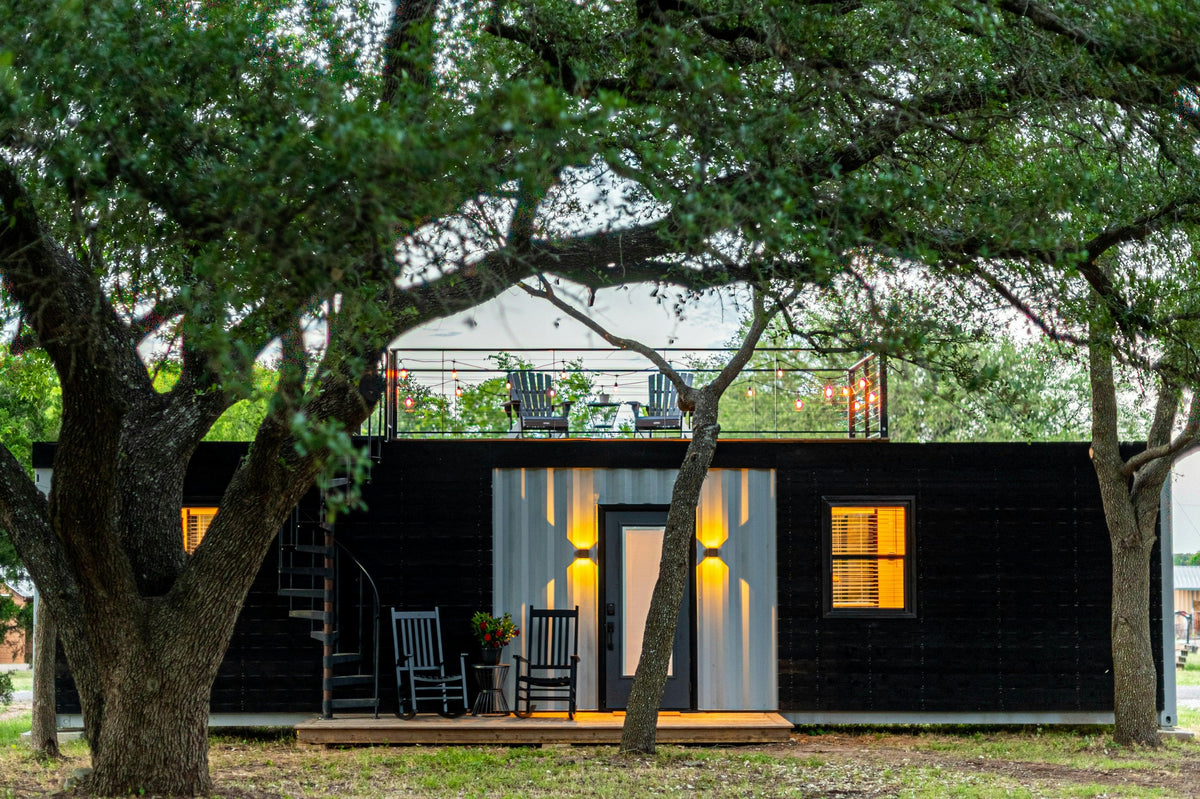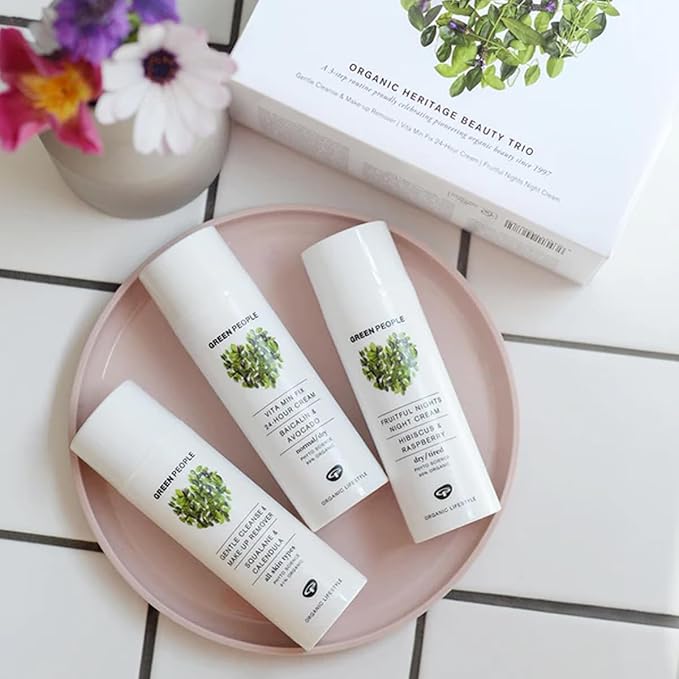First-time visitors to Georgia often want a clear, stress-free introduction that balances culture, nature and everyday comfort. Many begin in Tbilisi, where the airport sits close to the city centre and the compact Old Town allows easy walking between the sulphur baths, Narikala cable car and riverside viewpoints. Sustainable travel here means choosing walkable routes, local cafés and small hotels that support the community. Short trips to Mtskheta add historical depth without long drives, while Kakheti introduces wine traditions through slower, guided visits that reduce unnecessary transport. Some travellers combine Tbilisi with Batumi, using efficient internal travel rather than multiple flights. At Friendly Turtle EcoBlog, we encourage first-time visitors to travel Georgia responsibly by pacing itineraries, staying in family-run guesthouses, joining small-group tours and respecting local ecosystems. These mindful choices help reduce environmental impact while still offering a rich, authentic experience of Georgia’s cities, landscapes and traditions.
Share your articles with us and get published! Reach out at hello@friendlyturtle.com.
Living Large in a Tiny House: How to Be Comfortable and Sustainable

Tiny houses have become increasingly popular over the past few decades. The modern tiny house emerged as a response to individuals’ growing desire to reduce their carbon footprint through their lifestyle.
However, cutting down on your carbon emissions does not mean sacrificing your and your family’s comfort. In this article, you can learn more about how to make the most of your tiny house in ways that benefit both you and the planet.
Embrace simplicity
Tiny houses are all about minimalism and simple living. Simply because you do not have the space to store them, you will notice that you will have fewer objects lying around your home. This also means that you inevitably become mindful of consumerism in order to keep your space neat and tidy.
With minimalism and simplicity at the core of the tiny house lifestyle, you can have a greater appreciation for the things that enrich your life and living space, while reducing your carbon footprint.
Make the most of natural light
Tiny houses tend to have large portions of their facade made of glass. This means that you can enjoy natural light at its fullest. As a result, you will be needing less artificial lighting throughout the day, which lowers your energy consumption by quite a bit. In addition, natural light can make your living space feel warm and inviting and create the illusion that the inside of your tiny house is larger than it actually is.
Install solar panels on your roof
For those moments when natural light is not available or limited, such as at night or during the darker parts of the year, solar panels and solar batteries might be an option to consider. Not only do they allow you to reduce your carbon footprint, but they contribute to the overall comfort of your household by not limiting your energy consumption.
Opt for renewable energy sources when possible
Depending on where your tiny house is situated, you might also be able to make use of other sustainable energy sources, in addition to solar panels. If the space surrounding your tiny house permits it, you might be able to install a ground source heat pump to make the most of geothermal energy. An air source heat pump could also be a great option if you have the budget and the space for such installations.
Prioritise energy efficiency
By making sure that your energy solutions are efficient, you ensure that you are wasting as little fuel as possible to keep them running. This is especially important when it comes to your home heating system. Because they take up little space and can easily fit in a tiny house, you will want to opt for one of the best combi boiler models on the market. These are highly efficient appliances that will keep your home warm with a reduced impact on the planet.
Conserve water
Water usage is an integral part of life in our homes. However, there are several ways you can be mindful of your consumption in your tiny house. With water-saving fixtures such as low-flow showerheads and faucet aerators, you can ensure the optimal functioning of your appliances, while also reducing your environmental impact.
Be mindful of your food consumption
It goes without saying that our eating habits and preferences have a direct impact on the planet. Reducing our animal product intake and eating locally are but two of the great ways in which we can adjust our food consumption to be more sustainable. When living in a tiny house, you might even have the possibility of growing your own food, if the space outside your house permits it.
Not only does this reduce your reliance on grocery shopping and improve the overall look of the outside of your tiny house, but it also allows you to connect with nature.
Conclusion
Tiny houses are inherently sustainable, as they were created with the purpose of lowering individuals’ impact on the environment. With a little careful planning, you can make the most of your tiny space to make a large contribution to the planet. Hopefully you now have a better understanding of the fact that living sustainably in a tiny house is not only great for the planet, but also for your own peace and comfort.
0 comments
Let customers speak for us
Blog posts
A calm, multifunctional garden can be more than a pretty backdrop it can become a practical extension of your home that supports slow mornings, outdoor meals, and genuine downtime. In this Friendly Turtle EcoBlog guide, we look at simple, sustainable ways to shape an outdoor space that feels organised, welcoming, and easy to use throughout the week. Start by creating clear “zones”: a quiet seating corner for reading, a dining spot for relaxed lunches, and a flexible open area for play or potting. Light-touch structures, such as an airy pergola or a sheltered veranda, add definition without blocking daylight, making the garden usable in changeable weather. Keep the mood restful with layered planting: evergreens for year-round structure, seasonal flowers for colour, and lightly scented herbs near paths. Choose reclaimed or recycled materials where possible, add soft warm lighting, and reduce water waste with mulch and a simple rainwater butt. The result is a garden that feels calm, functional, and kinder to the planet.
Finding the right mental health support in Woodland Hills starts with checking credentials, treatment approach and access to care. Look for licensed clinicians with training in evidence-based therapies such as CBT or DBT, and ask whether programmes offer coordinated psychiatry, talking therapy and crisis support when needed. The best providers also explain your options clearly, from outpatient sessions to more structured day programmes, and may include complementary practices that support recovery, such as mindfulness, movement and nutrition guidance. At Friendly Turtle EcoBlog, we often explore how everyday choices shape wellbeing; this guide applies the same practical lens to mental health care, helping you compare services, understand what ‘holistic’ really means, and choose a setting that feels safe, respectful and tailored to your needs. It also highlights practical questions to ask about availability, confidentiality, fees and insurance, so you can make a confident, informed decision.



